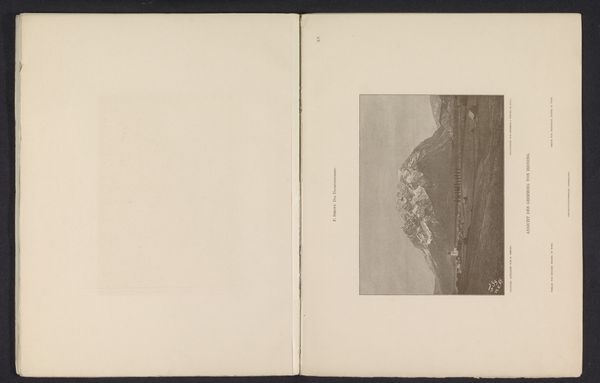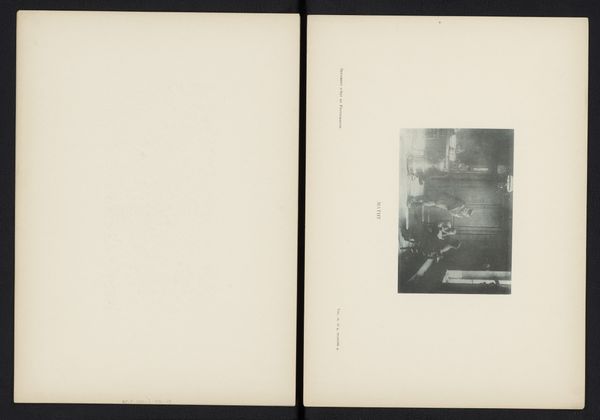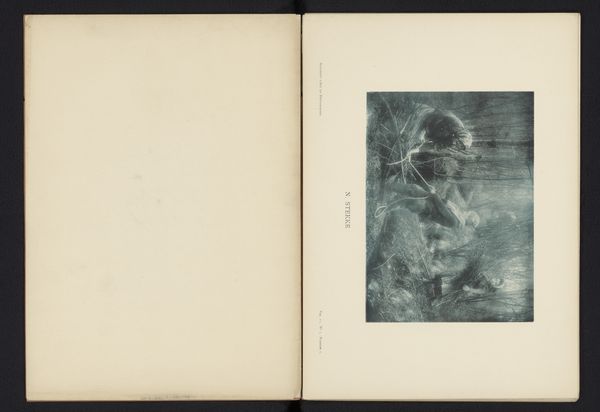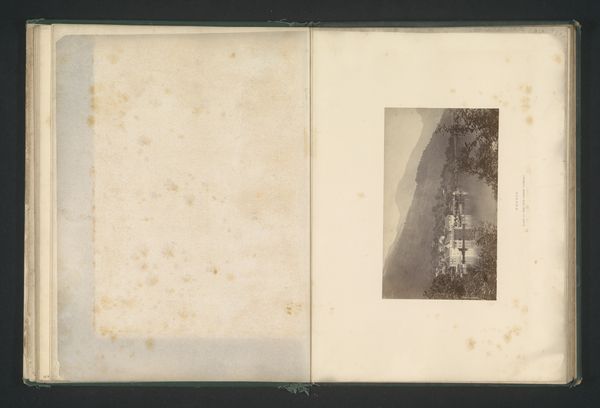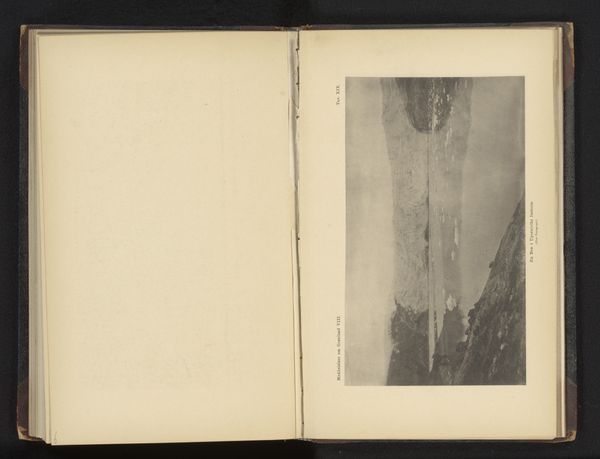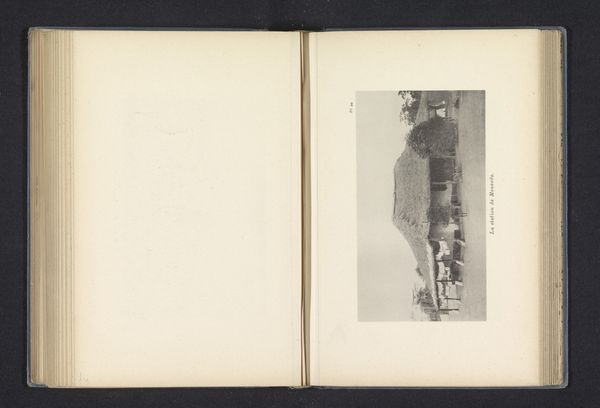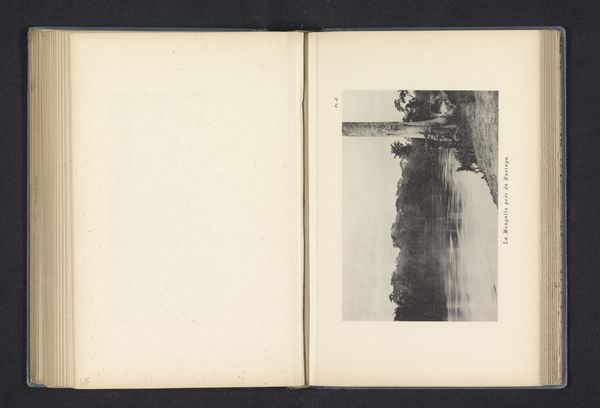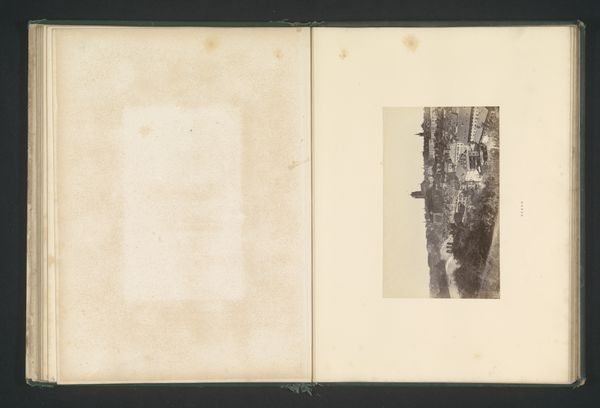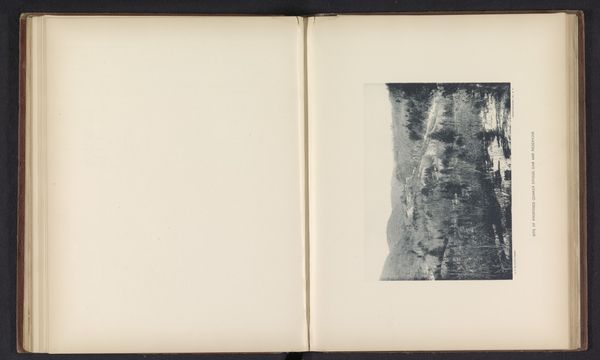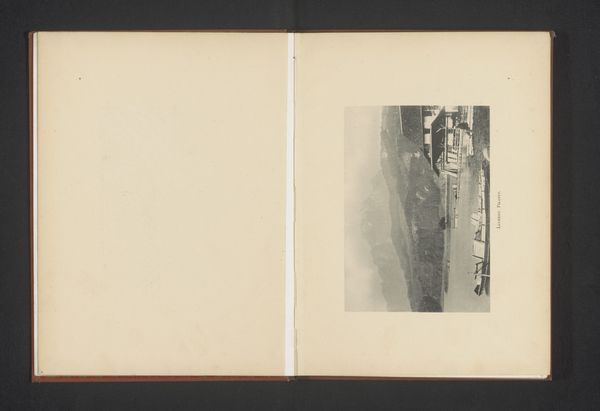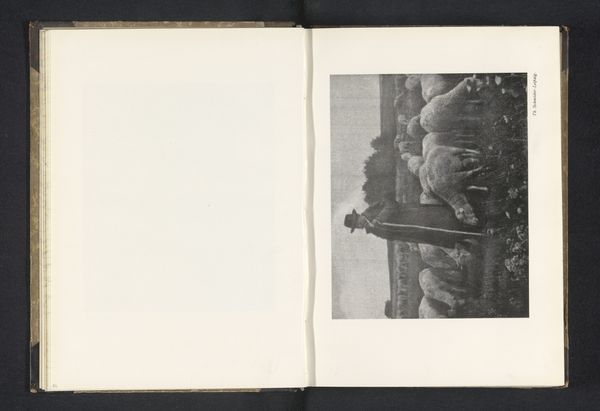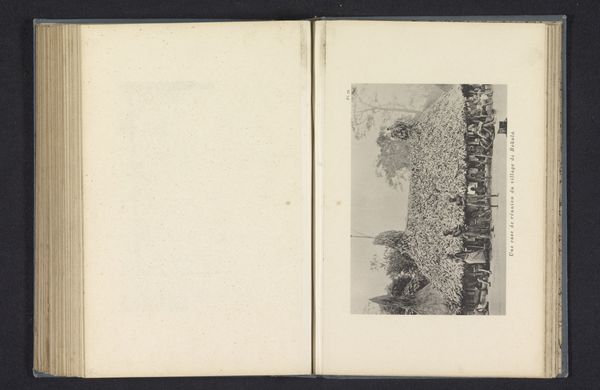
print, photography, gelatin-silver-print
# print
#
landscape
#
photography
#
gelatin-silver-print
Dimensions: height 136 mm, width 220 mm
Copyright: Rijks Museum: Open Domain
Editor: This gelatin silver print by Charles Crick, titled "Two Women Washing Clothes on the Banks of a River," dates to before 1898. The monochromatic image focuses on this intimate scene of labor, with nature closing in from both sides. What can you tell me about its historical and material significance? Curator: This print, situated within a landscape tradition, demands we consider the socio-economic forces at play. The choice of gelatin silver, a relatively new technology at the time, signifies an intention towards wider accessibility, democratizing image production, don't you think? But at what cost? Editor: That's a really good point; it almost feels like we're observing the commodification of this scene through technology... a sort of performance of domestic life for a photographic audience. The labor involved feels almost secondary. Curator: Precisely. The act of washing clothes is a repetitive, physical process. Photography, initially a scientific endeavor, then enters the domain of art and, eventually, mass consumption. Do we think this technology enhances or obscures the true labor occurring? Editor: That really brings into question the intention of this piece; I'd not even thought about photography's relationship with the Industrial Revolution, but I suppose I'm now seeing that those new technologies shaped what stories were valued and sold. Thanks for clarifying those connections for me! Curator: The focus on process—both the making of the photograph and the portrayed washing—unveils complex intersections between art, labor, and the emerging technologies shaping societal views and power structures. It gives one plenty to consider.
Comments
No comments
Be the first to comment and join the conversation on the ultimate creative platform.
